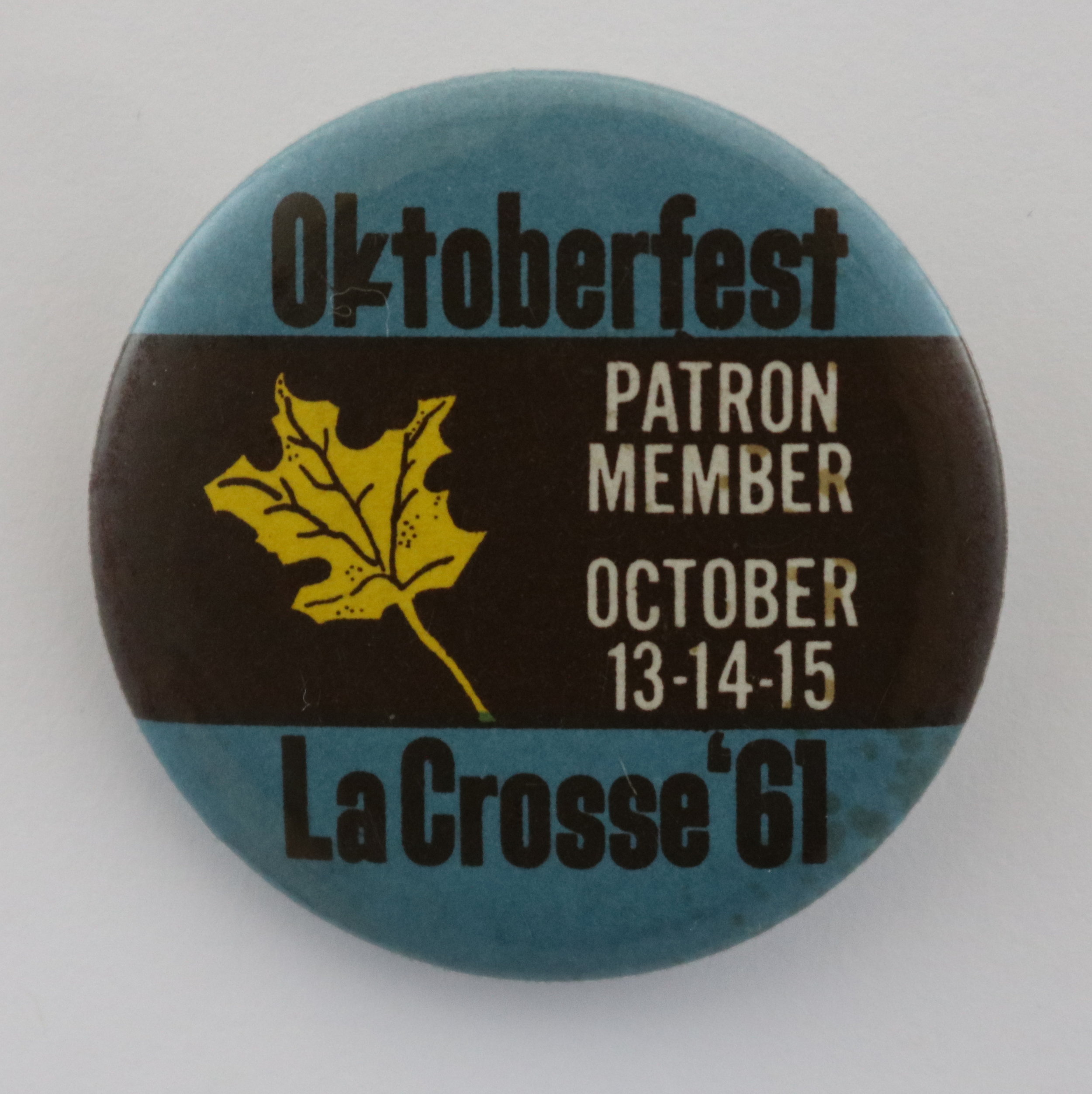Amy Vach
Catalog Number: 2015.fic.195
Copyright La Crosse County Historical Society
More than a century ago, the recently developed park commission of La Crosse and Mayor Dr. Wendell Anderson invited John Nolen to discuss the potential for the development of parks in the city.
Nolen’s plans made way for creating some of the beautiful parks that we enjoy in La Crosse today, such as Riverside, Poage, Powell and Houska parks.
At age 34, Nolen and his wife sold their home and used the money for Nolen to enroll in the recently opened Harvard School of Landscape Architecture. Throughout the pursuit of his master’s degree, he studied under Frederick Law Olmsted Jr., whose father, Frederick Law Olmsted, was considered the father of American landscape architecture. A few years later, Nolen earned his degree and opened his firm.
Before Nolen came to La Crosse, the city established Ordinance No. 479 establishing a Board of Park Commissioners and creating Park Districts in the city of La Crosse. The first citizens appointed to serve on the commission were Joseph Hixon, Lucian Easton, Edward Colman, Fred Schnell and Henry Gund.
In 1908, Nolen first visited La Crosse and announced preliminary ideas for proposed parks for the city. An article in the La Crosse Tribune quoted Nolen “[...] I am convinced that La Crosse has an opportunity to acquire and develop a system of parks of unusual beauty, equaled by few other cities.” Nolen and the city were both excited about the potential that existed in La Crosse. Today, the city of La Crosse Parks and Rec Department boasts more than 1,400 acres of park space.
In addition to his work in La Crosse, Nolen also planned a Wisconsin state park system and plans for the city of Madison.
In Madison, Nolen advised widening streets, planting trees and regulating the height of buildings near the Capitol to emphasize it as the centerpiece.
Throughout his career as a landscape architect, Nolen and his firm completed more than 450 projects, and his impact on the city of La Crosse as well as Wisconsin will not be forgotten. This print of Levee Park, now known as Riverside Park, is preserved at La Crosse County Historical Society, as Nolen envisioned it.
This article was originally published in the La Crosse Tribune on October 6, 2018.
This object can be viewed in our online collections database by clicking here.



